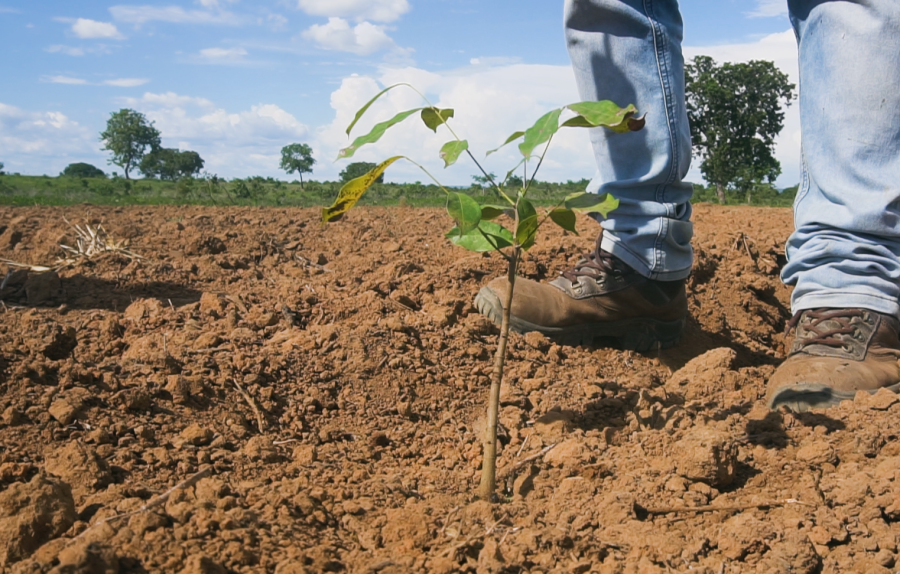
Rondônia quer transformar redução de emissões por desmatamento em investimentos no Estado
With over 11 million hectares of conserved forest, Rondônia is crucial in the debate on climate and forests in the Amazon.
By Idesam
Translated by Felipe Sá
The state of Rondônia, through its Secretariat of Environmental Development (SEDAM), partnered with Idesam, BVRio and local organizations through the State Forum on Climate Change to structure its REDD+ (Reducing Emissions from Deforestation and Forest Degradation) Operational and Financial Strategy. The Strategy indicates that by 2030, Rondônia will be able to avoid the emission of 156 MtCO2e and thus attract the equivalent of US$ 780 million for forest conservation efforts and the promotion of sustainable production chains through the REDD+ mechanism.
Eliezer de Oliveira, technical coordinator of the topic at SEDAM (RO), points out that the state has structured the REDD+ Strategy within the scope of the already approved State Policy on Climate Governance and Environmental Services (PGSA), “aiming at attracting a new wave of public and private investments for the structuring of strategic programs for the reduction of deforestation and the promotion of sustainable production chains with producers and local communities in the state of Rondônia”.
Pedro Soares, manager of IDESAM’s Climate Change Program and coordinator of the development of the state’s REDD+ strategy, highlights that “environmental services are important assets to enable new economic and productive models that keep the forest standing while generating income and prosperity for the different stakeholders that contribute to forest conservation”.
The construction of the REDD+ Strategy took place within the Rondônia State Climate Governance Program, with support from international agencies and coordinated by the BVRio Institute. According to Beto Mesquita, BVRio’s director of policies and international relations, forests need to be seen as a driver and not an obstacle to development. “We see great opportunities to connect the results of deforestation reduction in Rondônia through REDD+ to the carbon markets under construction inside and outside Brazil, which may represent a great opportunity for the socioeconomic development of the state”, highlights Mesquita.
With the strategy in place and the emissions reductions properly tracked, the next step is to connect state REDD+ results with investments from companies, sub-national governments, payment for results systems such as the Green Climate Fund, REDD+ for Early Movers, and carbon markets enabled by CORSIA and Article 6 of the Paris Agreement.
More environmental investments
The Climate Governance and Environmental Services project was born from a partnership between the Governors’ Climate and Forests Task Force (GCF TF), the Norwegian Cooperation Agency (NORAD) and the UNDP, aimed at building strategies and public policies to reduce greenhouse gas emissions resulting from deforestation and forest degradation, in addition to promoting concrete actions for the development of activities compatible with forest maintenance.
The Ecological Action Guaporé (Ecoporé), the Center for Studies Rio Terra (CES Rio Terra), the Ethno-environmental Defense Association (Kanindé) and the Water Pact are also taking part in the initiative.

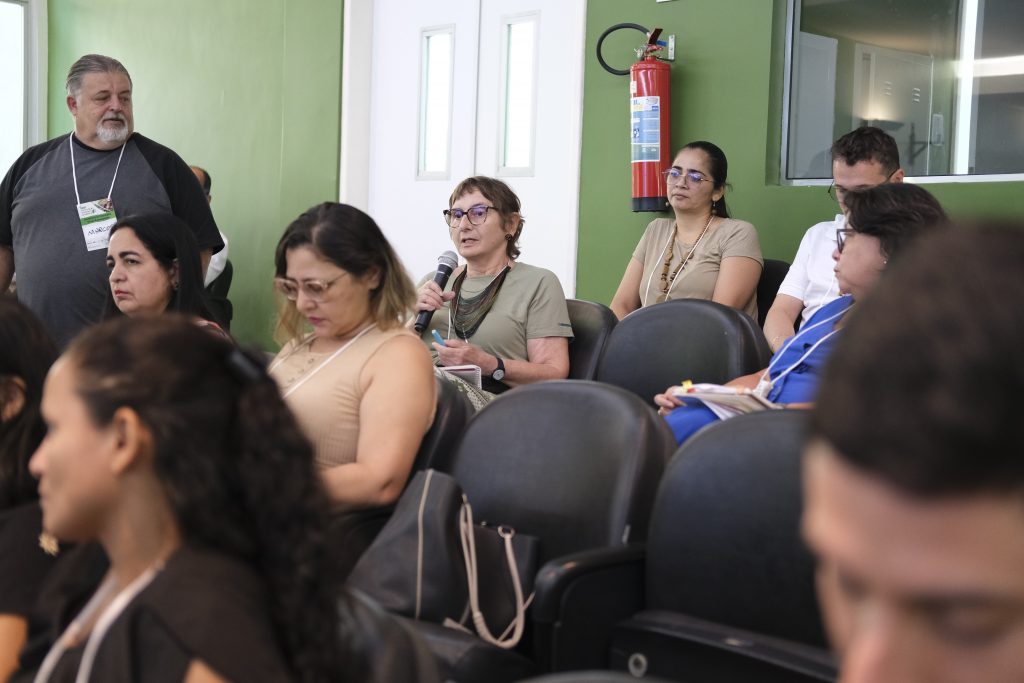
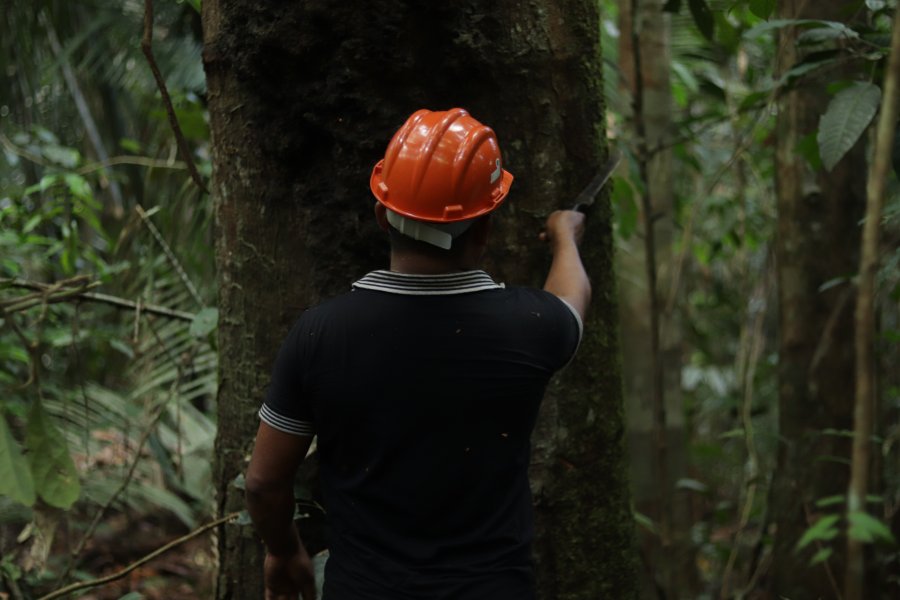
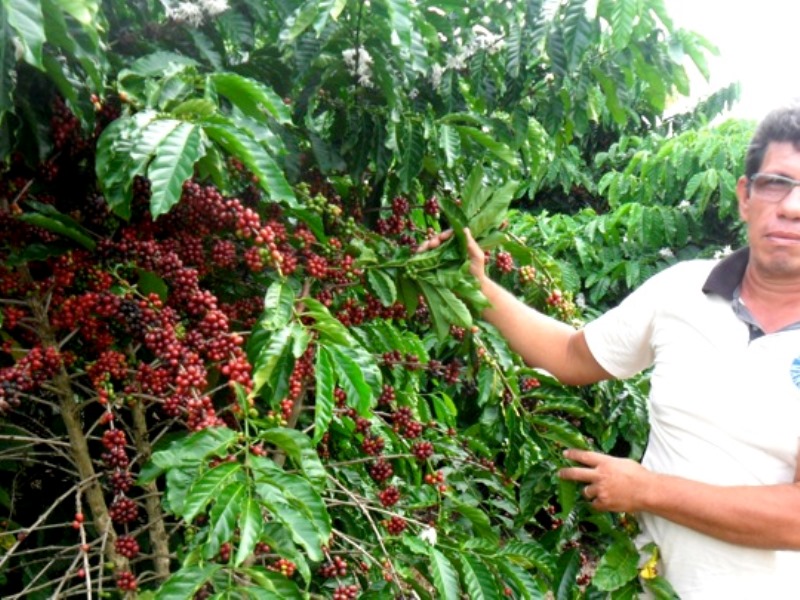
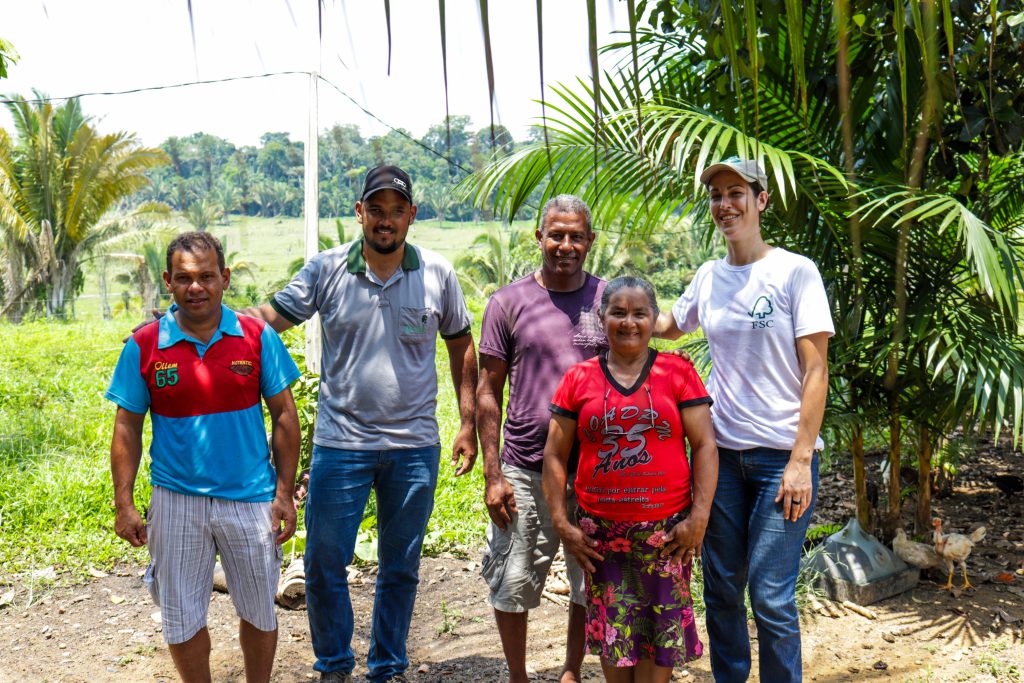
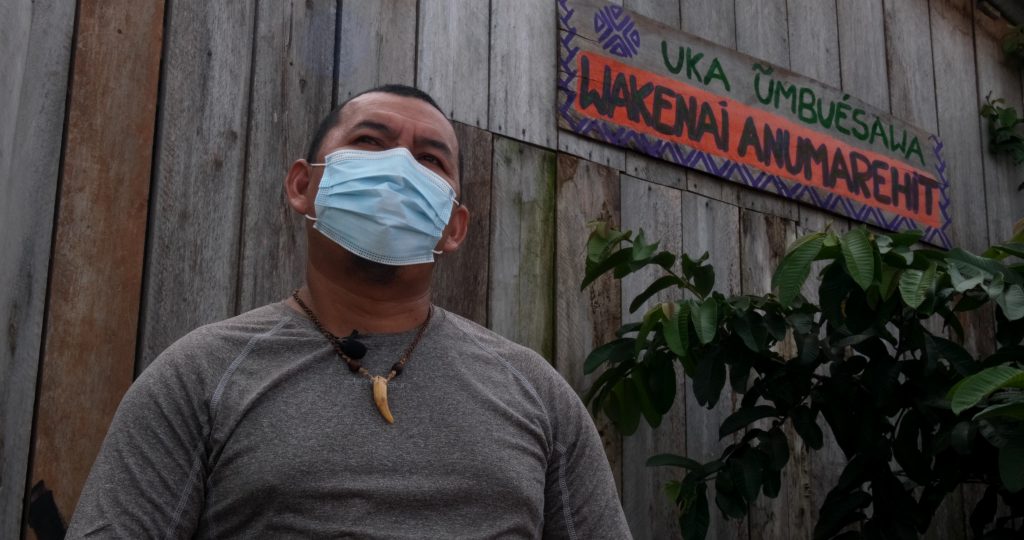


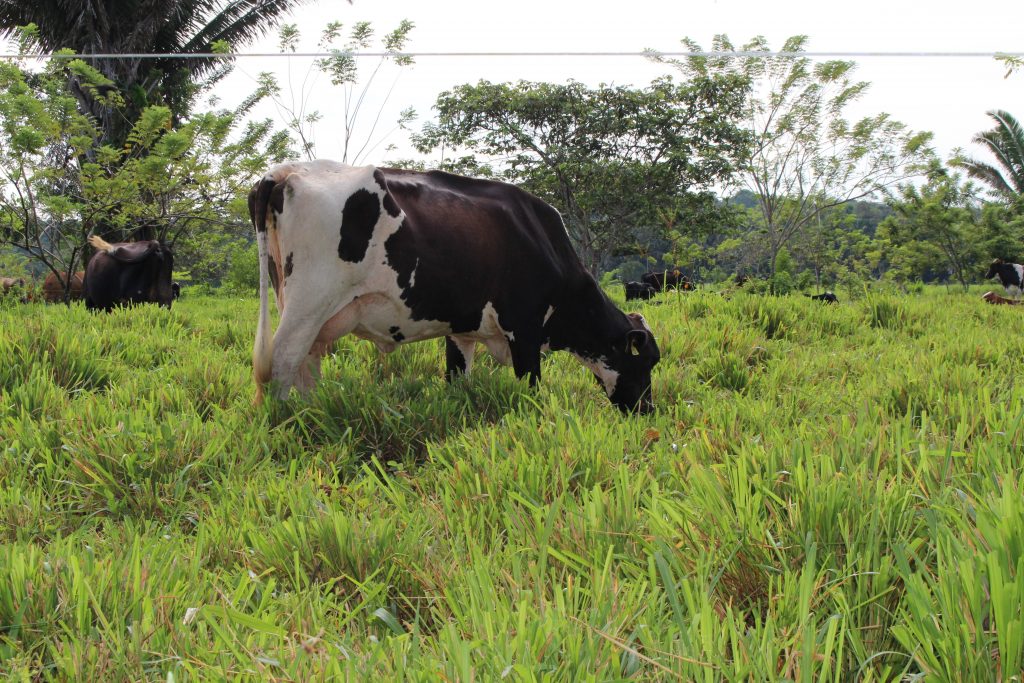
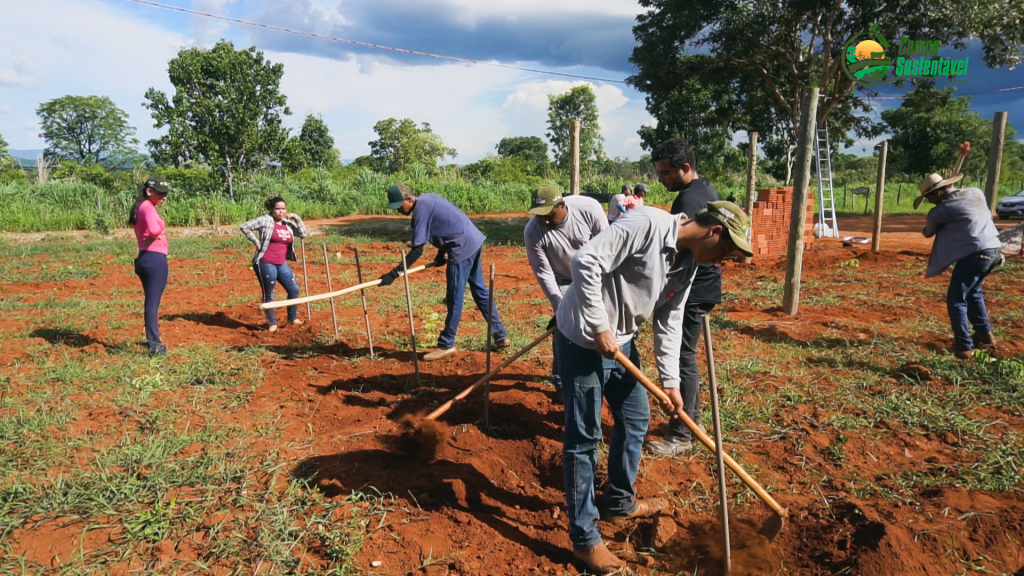

Leave a Reply